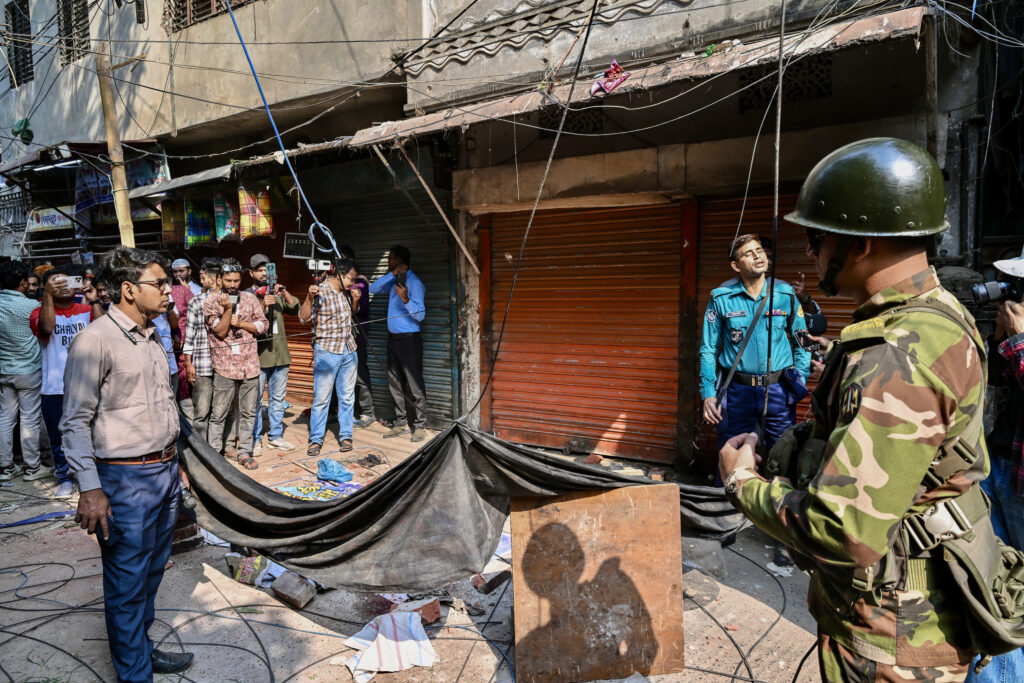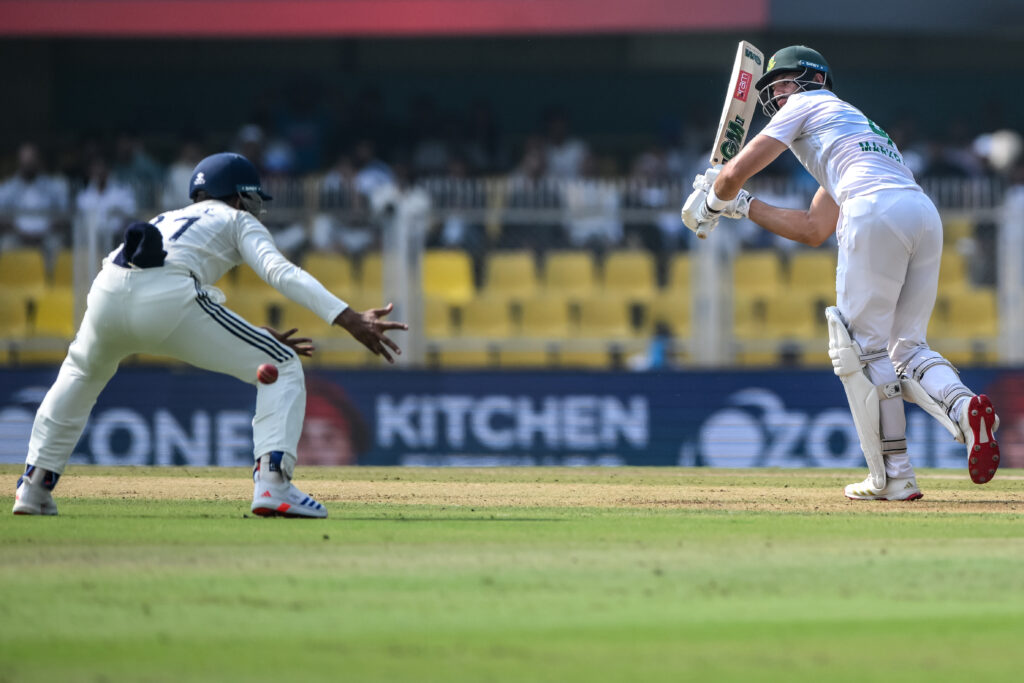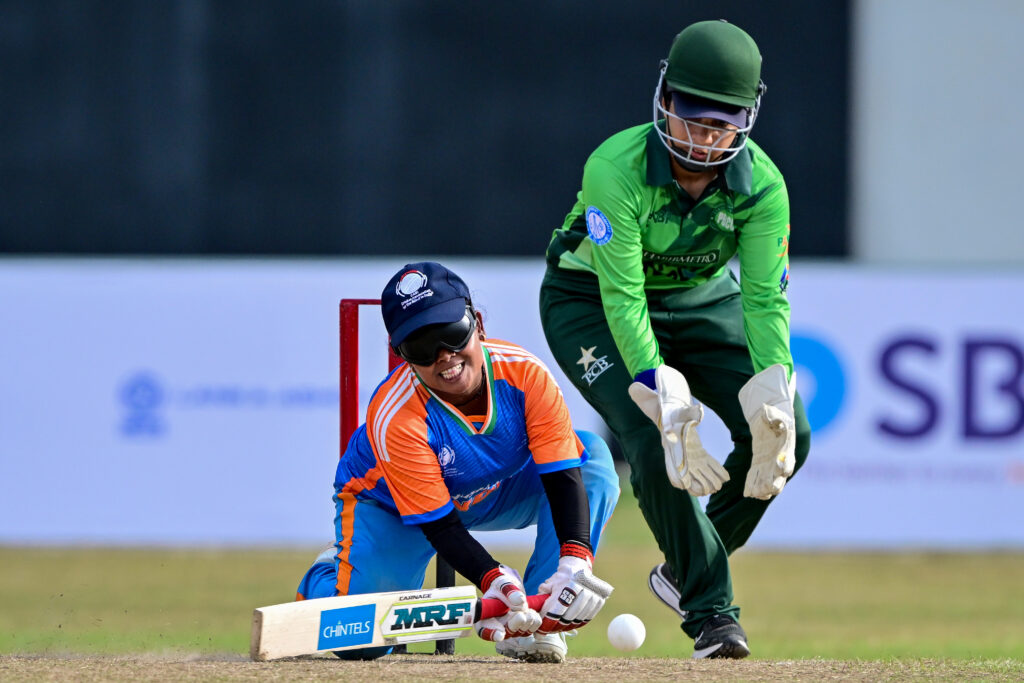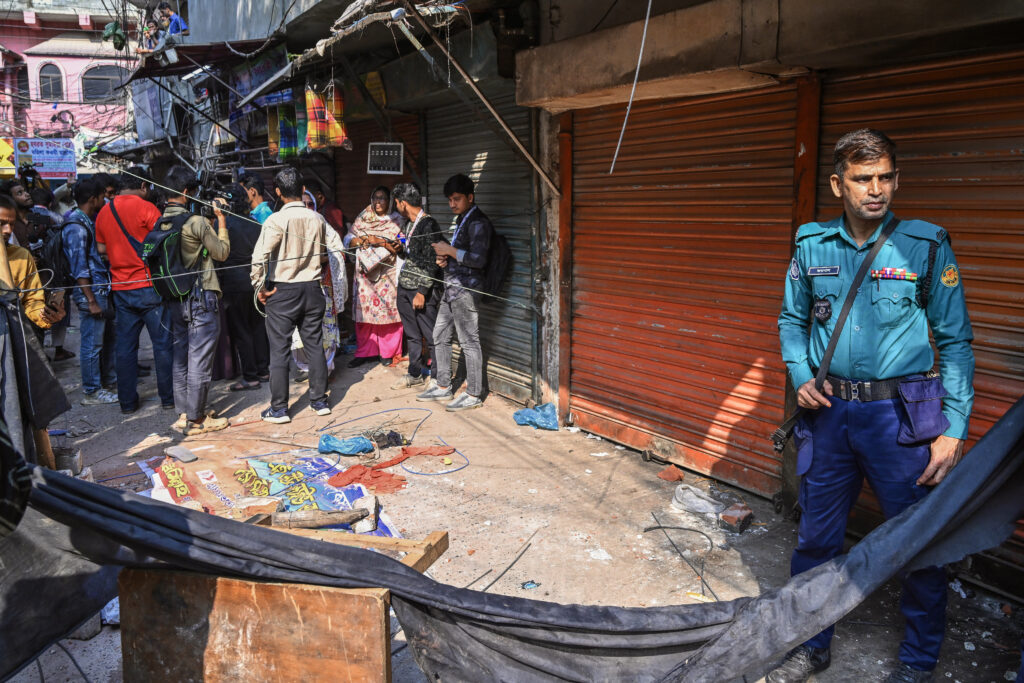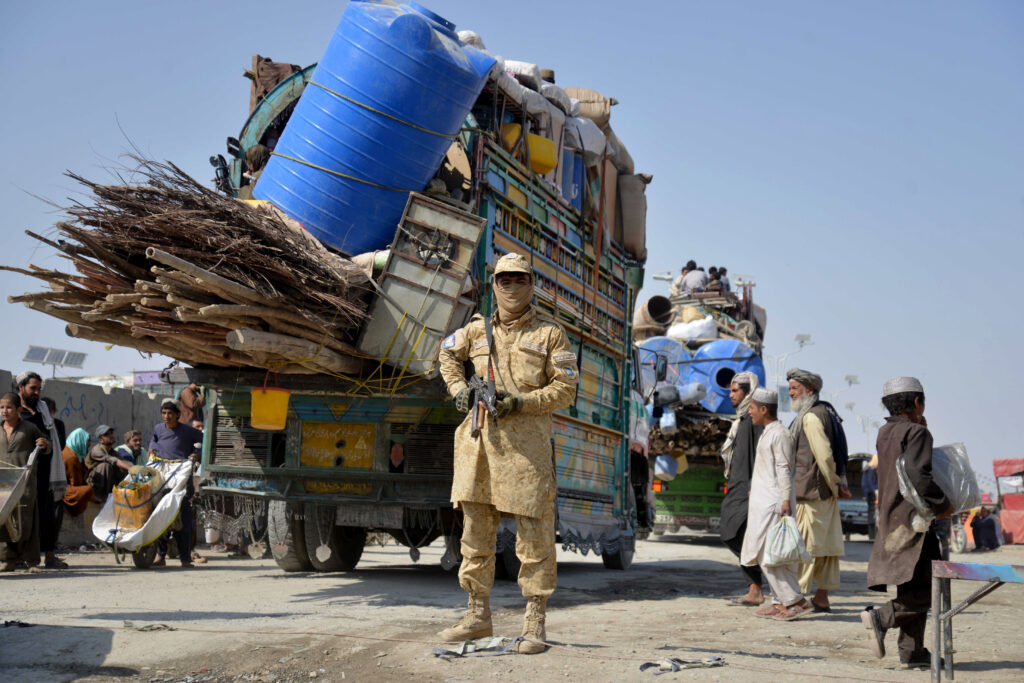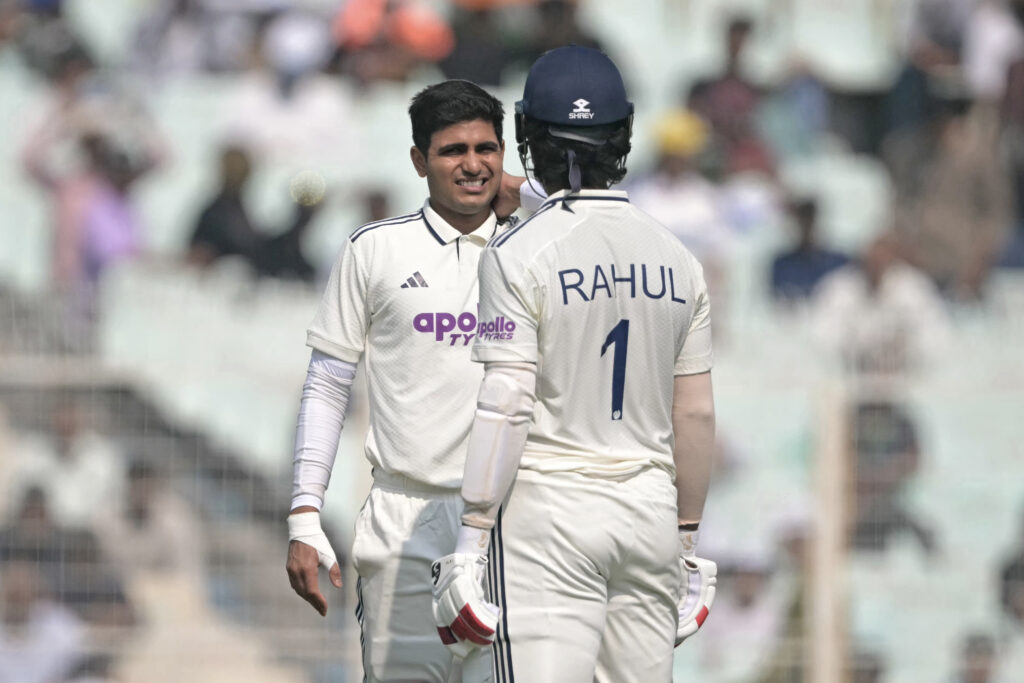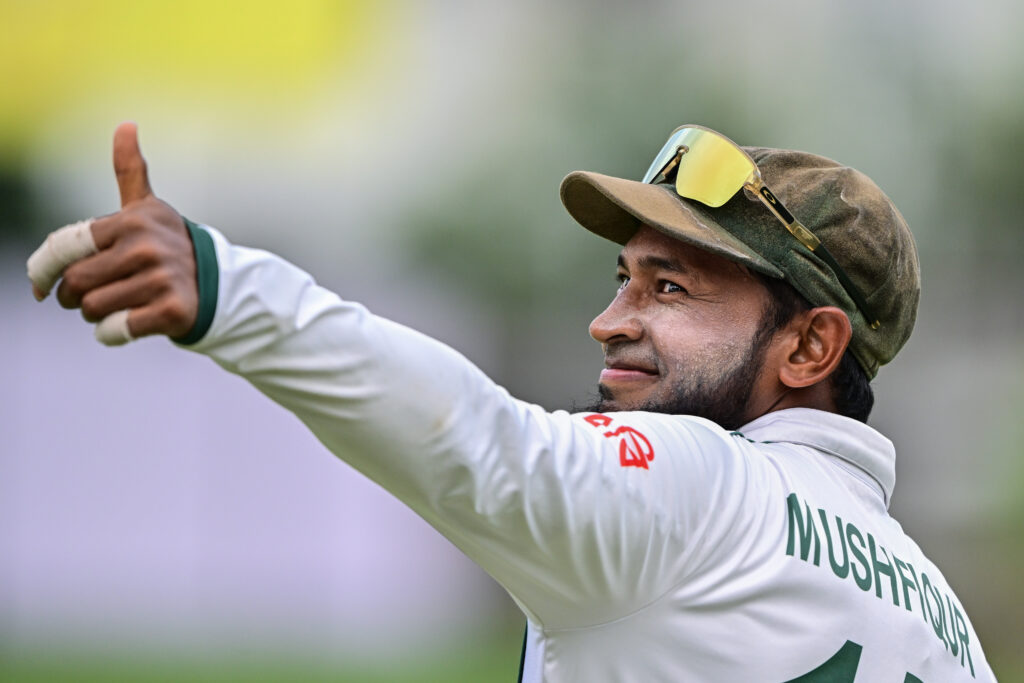Aftershock rocks Bangladesh as quake death toll rises to 10
A low-magnitude tremor hit Bangladesh on Saturday, the national meterological service said, a day after a powerful earthquake struck outside the capital Dhaka and killed at least 10 people.Updating earlier tolls from Friday’s 5.5-magnitude quake, disaster management official Ishtiaqe Ahmed told AFP that “the number of casualties has reached 10, while a few hundreds were injured”.The first earthquake was felt in Dhaka and neighbouring districts, causing widespread destruction.Toriful Newaz Kabir of the Bangladesh Meterological Department said Saturday’s 3.3 magnitude jolt was recorded in the town of Palash, Narsingdi district, 29 kilometres (18 miles) from Dhaka.The met office had earlier said its epicentre was in Ashulia, just north of the capital.”There was a mistake while analysing the data,” Kabir told AFP, adding they had revised the epicentre location.Aftershocks are common after major earthquakes, but for some in Bangladesh it has added to fears of an even greater disaster.”I don’t feel safe yet, as there was another jolt this morning in Ashulia. Maybe we are next,” said Shahnaj Parvin.The 44-year-old, who lives near the epicentre of Friday’s earthquake, told AFP she had never experienced such a tremor.Cracks have developed in dozens of houses in her area, she said.”I was hanging my children’s clothes on the washing line when the tremor struck,” added Parvin.”I held onto a mahogany tree, and when I returned home, I found my glassware broken.”The government has activated Bangladesh’s emergency operation centre to assess the scale of the damage and to coordinate relief and rescue operations.Rubayet Kabir of the Meteorological Department’s Earthquake Observation and Research Center said Bangladesh’s geography makes the country of 170 million people prone to quakes.”That’s why we experience earthquakes quite frequently, though they are not as strong as the one” on Friday, he told AFP.”Some small tremors are expected after any major earthquake,” Kabir said.”There has been no massive earthquake in the last 100 years or more, but Bangladesh has been vulnerable for quite some time.”
